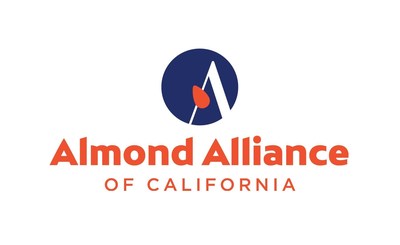

RIPON, Calif., Sept. 30, 2016 /PRNewswire/ -- Almond Alliance of California reports new research from Eastern Kentucky University researcher Dr. Kelly Watson involving almond acreage growth trends was presented at the Geological Society of America's (GSA) annual conference this week and is being called into question by the California almond community and the Almond Board of California which published this release yesterday: http://newsroom.almonds.com/content/almond-board-highlights-eastern-kentucky-university-almond-analysis-inaccuracies

The poster, "Monitoring Change in Agricultural Land and Water Usage in California's Central Valley Using Geospatial Techniques," and associated research have been reported by some media outlets despite the fact that it has not been made publicly available, is unpublished and is yet to be peer-reviewed. The Almond Alliance of California is concerned that the researcher hasn't responded to repeated requests from members of the almond industry for data sources, methodology and fact-checking steps.
While the poster presented at this week's GSA conference remains unavailable, an earlier version of the poster "Monitoring Change in Agricultural Land and Water Usage in California's Central Valley" from this spring is available online on the Eastern Kentucky University website and contains several distinct inaccuracies and areas of concern, which include:
The concerns summarized here suggest that this research has not been confirmed with on-the-ground verification and is perpetuating inaccuracies about the almond industry. Representatives of the California almond community look forward to reviewing this research and dialoging with the researchers to better understand their data sources, methodology, and validation steps in order to ensure the highest level of accuracy in research related to almonds.
Carissa Sauer
CSauer@AlmondAlliance.org
209-613-1262
Logo - http://photos.prnewswire.com/prnh/20160930/414113LOGO
SOURCE Almond Alliance of California